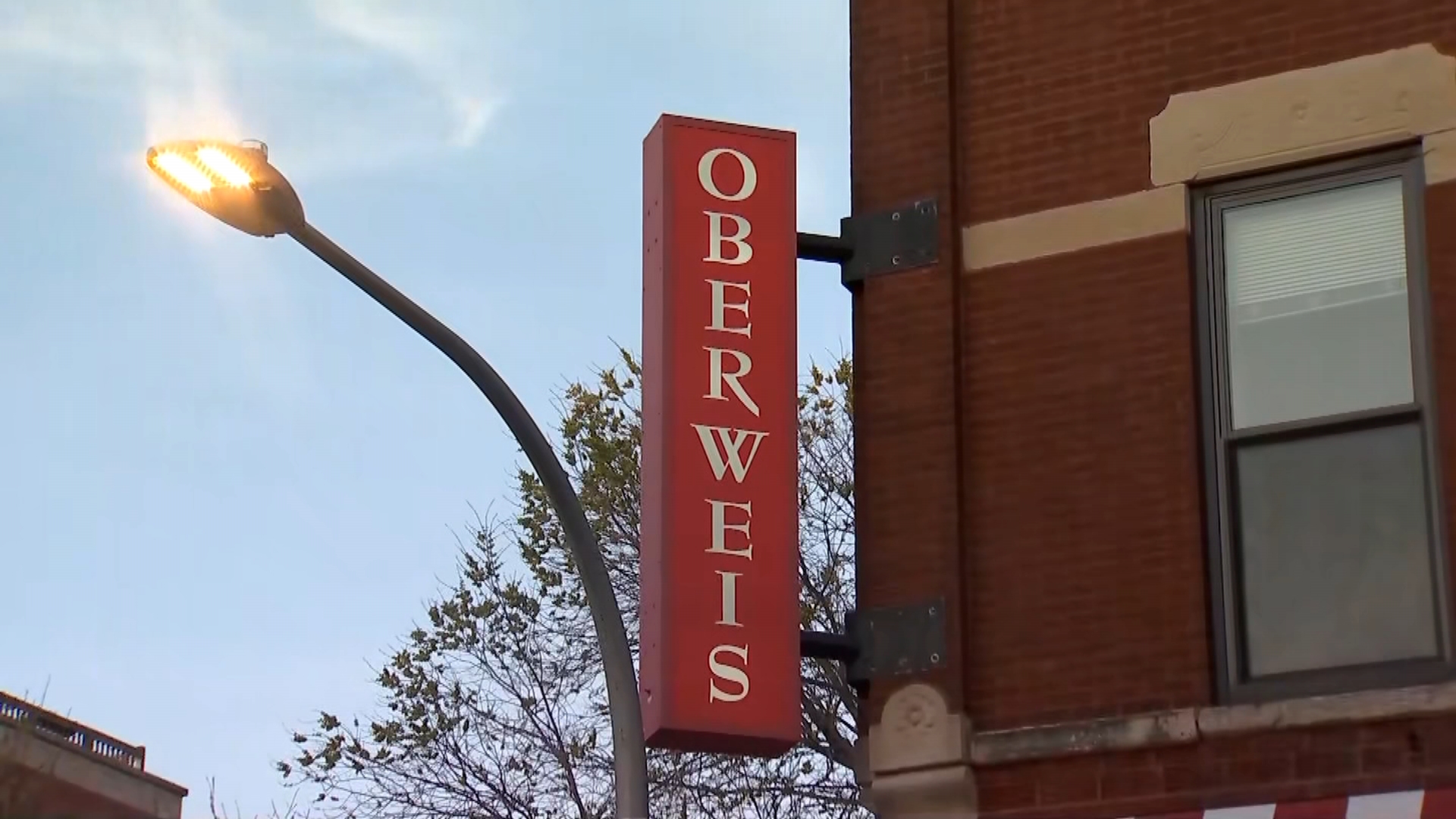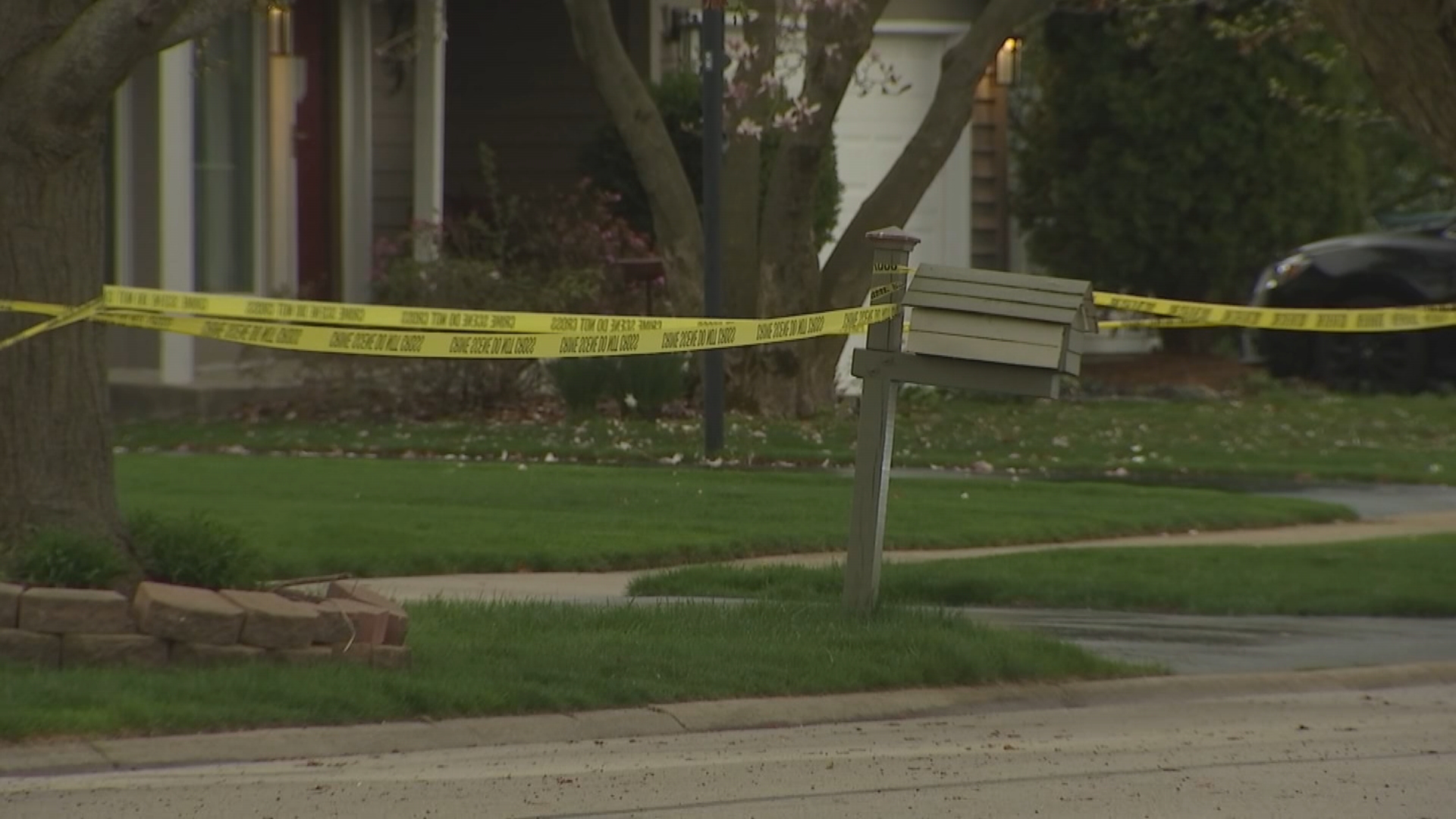Video captured by an in-camera squad car on the night a Chicago Police officer shot and killed 17-year-old LaQuan McDonald does not contain audio, according to attorneys for the McDonald family, who have viewed the tape.
On the night of October 20, 2014 McDonald was surrounded by approximately 10 Chicago Police Officers responding to a call of a man with a knife.
McDonald died as a result of 16 gunshots fired by one officer, according to autopsy results and the city Corporation Counsel.
The officer said he feared for his life, though attorneys for the McDonald family say the video clearly shows McDonald was moving away from the officer when the deadly shots were fired.
In a March 6 letter to the city released through a Freedom of Information Act request, attorney Jeff Neslund, who along with Michael Robbins represents the McDonald family, wrote: “The dash cam video from unit 813R…captured what took place on Pulaski, including the fatal shooting.”
“There are 5 Tahoe’s on the scene and none of the audio works as far as we know,” said Neslund in an interview. The video has not been made public.
In 2007 then Police Superintendent Phil Cline told officers that after a successful pilot program, in-car cameras would become a standard part of policing in Chicago.
Local
“I’d like to take a few minutes to bring you up to date on a technology initiative that is part of the Department’s commitment to use state of the art technology,” Cline said in a DVD released through a Freedom of Information Act request.
According to the Chicago Police Department currently “almost 800 vehicles are equipped with in-car camera systems.”
Vehicles used in police districts were outfitted with a camera mounted on the windshield providing both front and back views and two wireless microphones, according to a video by Coban Technologies, which supplies the cameras.
According to the video, there are three ways to start recording: by turning on the roof lights, hitting a red recorder button or a large button on the microphone. But only one way to stop it: “By touching the square on the screen both video and audio recording will stop,” according to the company video.
But while there was video the night McDonald was shot, the absence of audio remains a mystery.
“There’s no audio so we can’t hear the number of shots,” Neslund said. “My understanding is that there are two audio microphones in every CPD Tahoe that are supposed to be charged up, in fact the officers are supposed to be wearing them clipped to their uniform. But there is no audio from any of these vehicles as far as we know.”
Asked if they had received an explanation from the police department on the lack of audio, the McDonald attorneys said they did not.
The Chicago Police Department responded to a NBC5 request for an interview and a specific question as to why there is no audio with the following e-mailed statement which reads in its entirety:
“The Department remains committed to technological investments that improve officer and public safety, promote transparency and strengthen accountability. In-car cameras are vital in our efforts to gather relevant evidence and assist in the investigation and resolution of officer-involved incidents. Today, almost eight hundred vehicles are equipped with in-car camera systems. Chicago has one of the largest such deployments in the United States. The Department will continue to evaluate new technology and national best practices as it determines the possible expansion of camera systems.”
Three months after the city announced a settlement with the McDonald family of $5 million, without a lawsuit being filed, questions remain as to why there is no audio from the shooting that October night.



